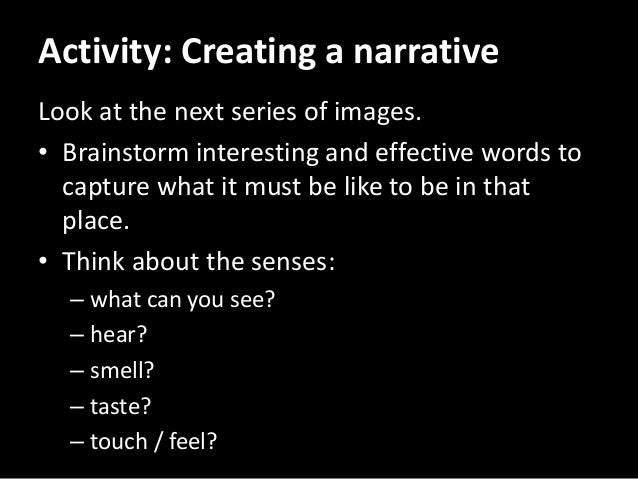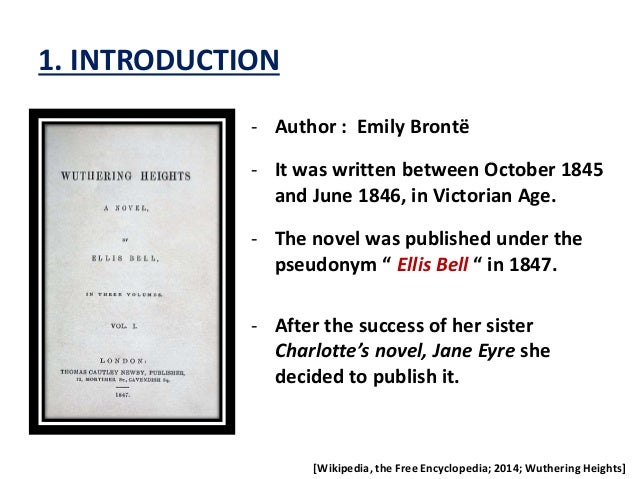

- #My introduction to gothic literature summary pdf
- #My introduction to gothic literature summary series
Do any elements of this Gothicism survive in politics today?
#My introduction to gothic literature summary pdf
Our expert authors combine facts, analysis, perspective, new ideas, and enthusiasm to make interesting and challenging topics highly readable.ĭownload this VSI Reading Guide as an Adobe PDF (28 KB) Questions for Thought and Discussion These pocket-sized books are the perfect way to get ahead in a new subject quickly.
#My introduction to gothic literature summary series
This is the first time that the entire story of the Gothic has been written as a continuous history: from the historians of late antiquity to the gardens of Georgian England, from the mediaeval cult of the macabre to German Expressionist cinema, from Elizabethan Revenge Tragedy to American consumer society, from folk ballads to vampires, from the past to the present.ĪBOUT THE SERIES: The Very Short Introductions series from Oxford University Press contains hundreds of titles in almost every subject area. The anatomy of the Gothic is richly complex and perversely contradictory, and so the thirteen chapters here range deliberately widely. It reminds us that neither societies nor individuals can escape the consequences of their actions. While contexts change, the Gothic perpetually regards the past with fascination, both yearning and horrified. It is a way of disclosing secrets, whether in the constitutional politics of seventeenth-century England or the racial politics of the United States. Time after time, the Gothic has been invoked in order to reveal what lies behind conventional history. This unique Very Short Introduction reveals that the Gothic has predominantly been a way of understanding and responding to the past. Nick Groom shows how the Gothic has come to encompass so many meanings by telling the story of the Gothic from the ancient tribe who sacked Rome to the alternative subculture of the present day. It has influenced political theorists and social reformers, as well as Victorian home décor and contemporary fashion. It can refer to ecclesiastical architecture, supernatural fiction, cult horror films, and a distinctive style of rock music. Oxford Research Encyclopedias: Global Public Health.The European Society of Cardiology Series.Oxford Commentaries on International Law.

Miss Jessel of Turn of the Screw by Henry James is an example of a woman in black.

Other gothic fictions include a woman in black character like a widow. Elizabeth from Mary Shelley's Frankenstein is a good example of a woman in white. Many gothic fiction novels feature a doomed bride or damsel in distress character who never gets her happy ending. Since this fear of invasion was common at the time 'Dracula' was published, it was a very popular Gothic novel. He does terrible things (like murdering people) and is portrayed by Bram Stoker as the epitome of foreign corruption that threatened Britain's society at the time. Dracula in Bram Stoker's Dracula is an excellent example of an interesting, yet evil villain. A good villain should be both evil and fun to read about. The villain in gothic fiction stories often plays the role of a tempter, who leads the hero down a dark path.

Mary Shelley's Victor Frankenstein is a great example of a hero who is good, even though he creates a monster. There should be at least one character in your gothic fiction that readers will like, even if he or she has some dark tendencies. Gothic fictions often feature certain types of characters that may help you to develop your own characters. Your characters are just as important as your setting, so spend plenty of time developing them.


 0 kommentar(er)
0 kommentar(er)
